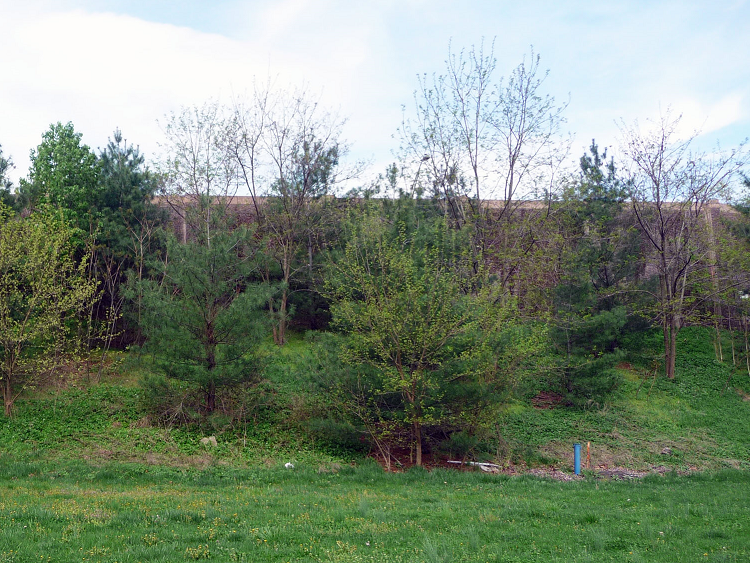I-295 / I-76 / Route 42 Direct Connection Final Environmental Impact Statement (FEIS)
Project Description
The I-295/I-76/Route 42 Direct Connection project proposed the reconstruction of Interstate 295 (I-295), Interstate 76 (I-76), and New Jersey State Route 42 (Route 42) and affected roadway segments traversing the Boroughs of Bellmawr and Mount Ephraim, and Gloucester City, Camden County. The interchange was deemed insufficient to accommodate traffic volumes and travel speeds safely, which resulted in an accident rate more than seven times the statewide average in New Jersey. The interchange ramps also resulted in failing levels of service.
Pursuant to the National Environmental Policy Act (NEPA), DRAFT and FINAL Environmental Impact Statements (EIS) were prepared, and a Record of Decision (ROD) was obtained. Five alternatives were reviewed in detail within the EIS, and the Preferred Alternative (Alternative D) was advanced towards final design. Design features of the Preferred Alternative included:
- Reconfiguring Northbound and Southbound I-295 to be side-by-side
- I-295 crossing over Route 42/I-76 on a viaduct on a skew
- I-295 on viaduct over Ramp C and Browning Road
- Ramp D on viaduct over I-76/Route 42, Ramp C and under I-295
- Two lane ramps except for Ramp F
- Removes express/local lanes on I-76 Westbound
- I-295 Posted Speed Limit: 55 mph (Design Speed: 60 mph)
- Ramp Speed Limits: 40 mph (Design Speed: 45 mph)
Paul Carpenter Associates, Inc. (PCA) completed noise and air quality Technical Environmental Studies (TES) and appropriate sections of the DEIS and FEIS for all five design alternatives, in addition to the No Build Alternative. To complete the noise TES, PCA supervised peak and 24-hour noise monitoring events (summer and non-summer). Utilizing the collected noise monitoring data, PCA validated the FHWA Traffic Noise Model, Version 2.5 (TNM2.5) and predicted future noise levels, with and without implementation of the five designs. Based on predicted impacts, noise mitigation was investigated for the five design alternatives. Noise walls were proposed for each design alternative, totaling over $50M in construction costs. PCA project management created a noise barrier design policy that deviated from the standard New Jersey Noise Wall Policy to combat the inadequate protection of "replace-in-kind" noise walls with the complex design alternatives. The policy, which was approved by FHWA, proposed that replacement noise walls be designed to achieve protection equivalent to that of No-Build conditions. PCA completed a Final Noise Study for the Preferred Alternative under Final Design.
Completion of the air quality TES included a free-flow microscale carbon monoxide (CO) analysis throughout the study area, since Camden County is in maintenance for CO. PCA utilized the United States Environmental Protection Agency's MOBILE6.2 to calculate emission rates. The ISC3 model was also utilized to predict CO concentration as a result of the tunnel alternative. The calculated emission rates were utilized as input to the USEPA CAL3QHC model, which calculated CO concentrations at twenty-five sensitive receptors, with and without implementation of the design alternatives. The air quality TES addressed CO, PM2.5 as well as Mobile-Source Air Toxics (MSATs). PCA project management collaborated with design engineers and other environmental discipline subject matter experts to determine which of the design alternatives should be advanced based on feasibility and total cost.
